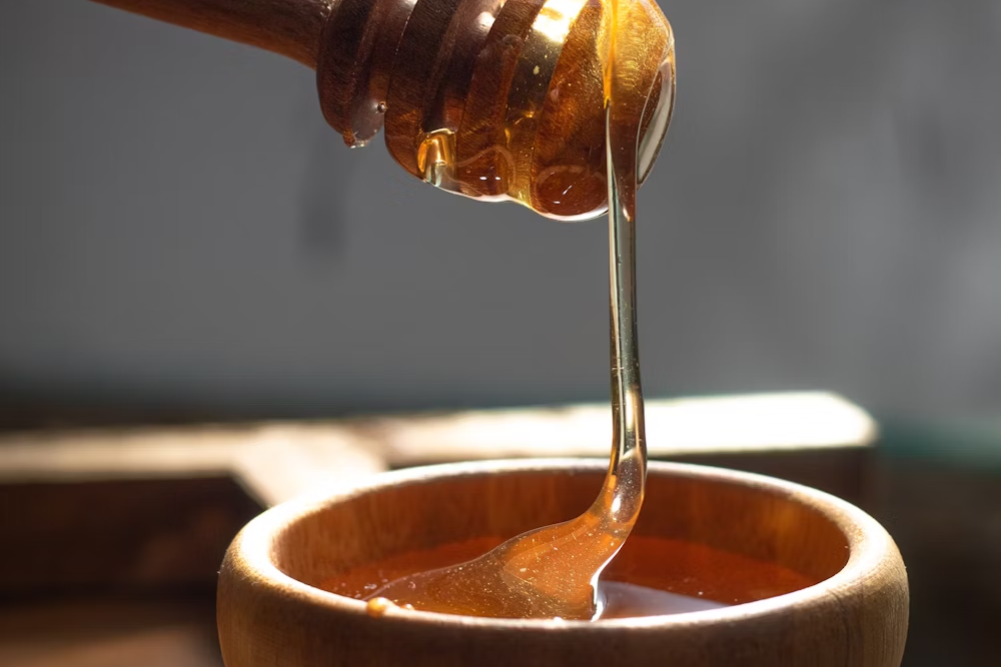The bottom line
The societal reverberations of the pandemic were as eerie as they were unexpected. One of the vivid Covid moments that etched itself into my memory came one day when a local music teacher confided to me through a bright blue face mask and behind the back of a conspiratorially raised hand that, “There is going to be a delivery today. Getting there about 11 am.” Music teachers are not usually clandestine plotters, but the pandemic had made conspirators of us all. He was telling me that the local independent supermarket would be getting a delivery of the commodity that had become like sugar during World War II, something that was rationed due to its rarity: toilet paper. I felt like a Cornish smuggler being told to meet a brigantine at midnight. Sadly, the music teacher’s intelligence proved to be faulty, and no toilet paper consignment floated ashore. The whole toilet paper imbroglio during Covid was tragic yet vaguely comic at the same time, and it raised questions as to what toilet paper means to us and how we have come to use paper to wipe ourselves in the first place.
A human foible
The first thing to acknowledge about the use of toilet paper is that it is a distinctly human thing. An important part of our evolutionary progress was the decision to walk upright. Being able to walk with hands-free offered humans advantages, but everything comes at a price. One of the costs of erect posture is that the area used to release faeces is compressed between thighs and fleshy, muscular buttocks, meaning that we are more likely than other creatures to foul ourselves when we defecate. Hence, we have come up with the the idea of toilet paper but not before a lot of trial and error and, importantly, not universally.
Sticks and sponges, pottery and paper
Cleaning of the bottom can be carried out in numerous ways that have varied according to local customs and climate throughout history. The Greeks used fragments of pottery known as “pessoi”. It sounds a little uncomfortable, but we know that the pessoi were used as they have been found in latrines that have been excavated all around the Mediterranean and they were referred to in plays such as those written by the Greek playwright Aristophanes. The pessoi tend to be between 3cm and 10cm in diameter and 0.6-2.2cm thick, having been recut from broken ceramics to give smooth angles that would minimise trauma. Despite the smoothing, it is likely that the long-term use of these pessoi would have caused skin damage and irritation to the area. The Romans found the prospect of pessoi a little unpalatable and opted for the gentler “tersorium”, which was a sponge attached to the end of a stick. It sounds effective enough and the Romans would sit side by side doing their business on toilets in public baths, washing the tersorium in a channel of running water. The tersorium would then be shared but if it was not cleaned effectively enough, the potential for disease transmission was high.
Given the limitations of sticks, sponges and pottery, it is a good thing that we eventually turned to paper. The invention of toilet paper is credited to the Chinese. Although they invented paper in the 2nd century BCE, the first recorded use of paper for cleaning the bottom did not come until the 6th century CE, some 700 years later. In 589 CE, the Chinese scholar Yen Chih-Thui wrote, “Paper on which there are quotations or commentaries from the Five Classics or the names of sages, I dare not use for toilet purposes.” Clearly, at this stage, paper was not being manufactured specifically for toileting purposes but, by the 14th century, the Chinese were making 10 million packages of toilet paper per year, each package containing between 1000 and 10,000 sheets. In the Western world, people were using whatever was to hand as a bottom cleaner. That might be leaves, grass, stones, corn cobs, animal fur, snow, wool, cloth and even seashells. It was not until 1857 that toilet paper became commercially available when New York man named Joseph Gayetty marketed his “Medicated Paper for the Water Closet”. Gayetty’s product sold in packages of 500 sheets for 50 cents a packet.
Toilet paper was sold in sheets for some time.
Then, according to associate professor Barry Kudrowitz of the University of Minnesota, the first perforated toilet paper rolls were introduced in 1890 and, a little disturbingly, the first splinter-free rolls became available in the 1930s. Today, of course, we have a guaranteed softness and variety of designs in our toilet paper, but it would be a mistake to think that toilet paper sits at the top of a global evolution in toileting hygiene.
Beyond imperialism
In her book simply titled Bathroom, the architectural historian Barbara Penner noted that much of the Western world does rely on toilet paper. She observed that bathroom habits of the Unites States and the United Kingdom have become so widespread that they have yielded what is known as a “sanitary imperialism”. Hence, even though we take the use of toilet paper for granted in countries such as Australia, this is not the case everywhere. In many parts of the world, water is the preferred method of anal cleaning. In Japan, for instance, modern toilets can both clean with water and then dry afterwards. Toilet paper is not a unifying global phenomenon but, in large parts of the world, it does play a very important part in toilet hygiene and also our psyche.
Toilet paper in mind
Professor Susan Morrison, author of the book Excrement in the Late Middle Ages says, “We hoard toilet paper because we fear having to face our poo.” That might sound amusing but only because we find anything to do with our bodily wastes funny. In turn, our readiness to laugh at excrement stems from the fact that we are awkward about anything that comes out of our body, and laughter is way of defusing that awkwardness. This is why toilet paper is such a trigger for us.
In The Conversation Niki Edwards of the School of Public Health and Social Work at Queensland University of Technology says, “Toilet paper symbolises control. We use it to ‘tidy up’ and ‘clean up’. It deals with a body function that s somewhat taboo.” This is the heart of what toilet paper means to us. When we say that something or someone is “dirty”, we are saying it or they are unworthy. Being unable to keep ourselves clean is to succumb to chaos, to be stepping into disorder. When the Covid pandemic hit and no-one knew what lay ahead, it is no wonder that we focused in apparently crazy ways on the thing that would keep us fundamentally clean and maintain our illusion of control in an uncontrolled world. Treat it with respect, because that roll of paper next to your toilet has powerful psychological mojo.








